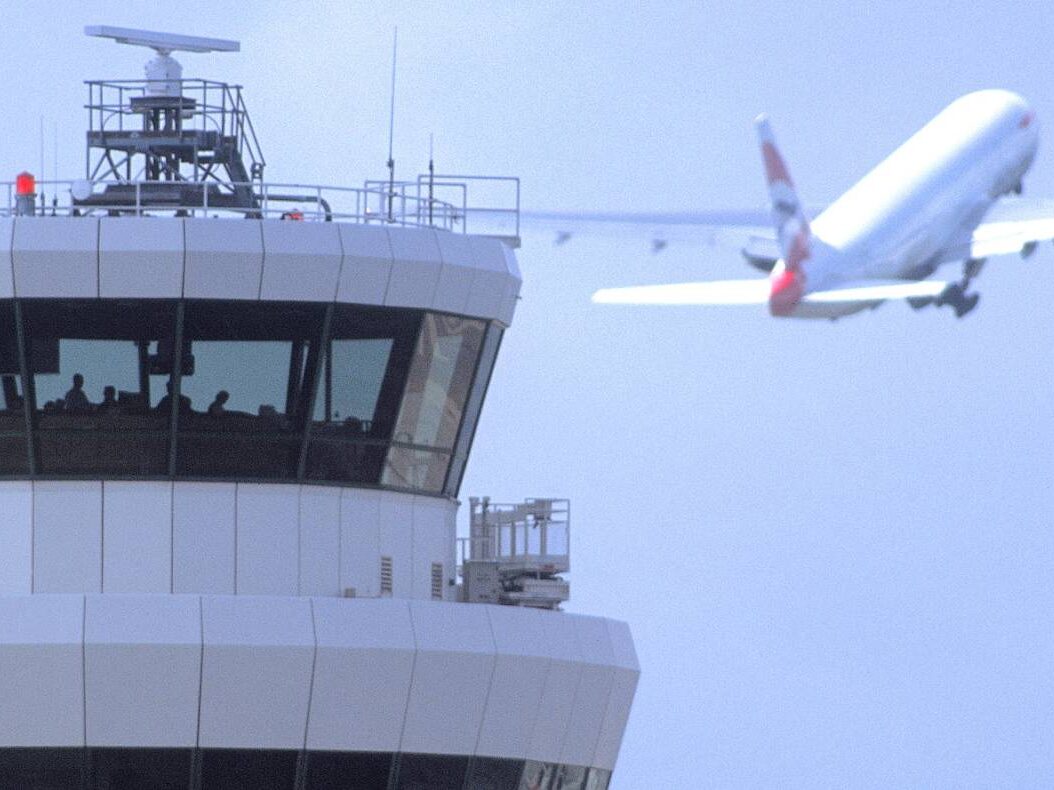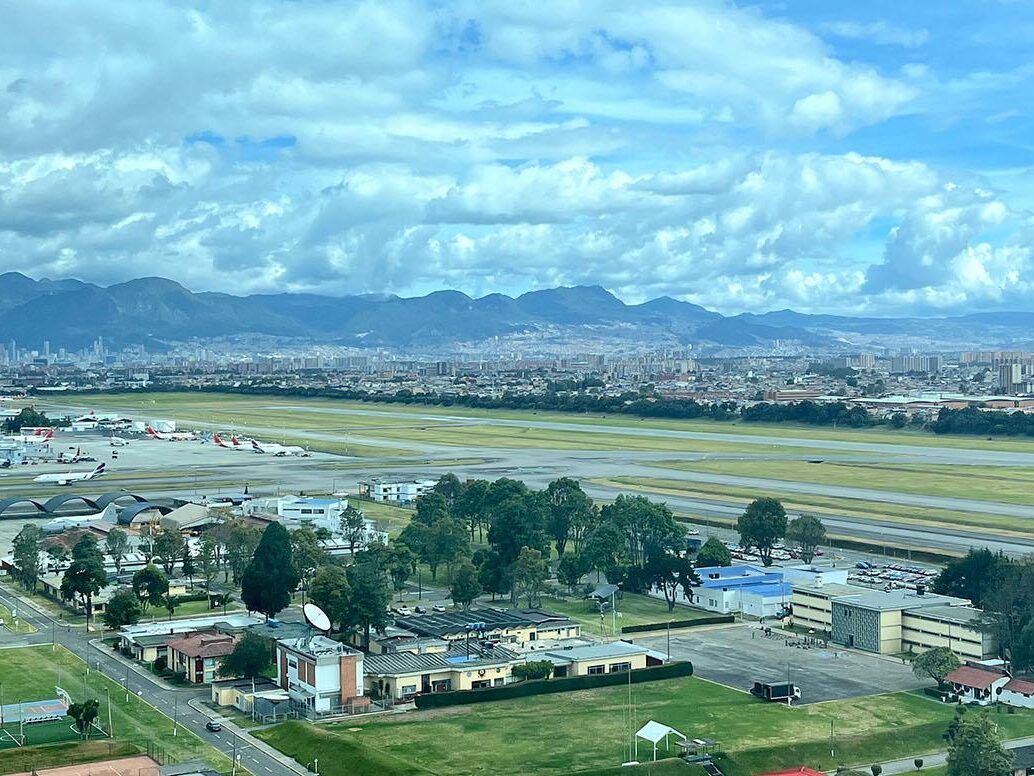- Frequentis and GCAA are collaborating to support the global implementation of trajectory-based operations (TBO) in air traffic management
- TBO represents a step towards more efficient aviation, improving airspace utilisation, and reducing environmental impact
- GCAA is setting the standard as a global reference in TBO implementation, positioning the UAE at the forefront of air traffic management innovation

During Dubai Airshow 2025, the General Civil Aviation Authority (GCAA) of the United Arab Emirates (UAE) and Frequentis proudly announced their collaboration on the flight information validation and exchange (FIV-X) system.
This project lays the foundation for TBO and positions the UAE as a leader in the global shift towards future-ready air traffic management.
Mr. Ahmed Ibrahim Al Jallaf, Assistant Director General for the Air Navigation Sector GCAA, said:The FIV-X system is a major milestone in our efforts to modernise air traffic management. It is an important step toward ensuring UAE’s leadership in aviation, both regionally and globally. By enabling more efficient, collaborative operations, FIV-X will help us deliver safer, smarter, and more sustainable air traffic management for the future.
TBO is a transformative concept that changes the way flights are managed. By moving beyond traditional sector-based control, it introduces collaborative decision-making based on four-dimensional trajectories. This improves predictability, reduces fuel use and emissions, and enhances safety and efficiency across the entire flight lifecycle.
Josef Kutschi, Managing Director at Frequentis Comsoft, saidThe FIV-X project is more than a technology initiative. TBO marks a significant shift in the industry, strengthening regional aviation infrastructure and showing how global partnerships can turn vision into reality. Frequentis is proud to support GCAA in shaping the future of air traffic management.
To support this shift, FIV-X will be integrated with the UAE’s existing aeronautical information management (AIM) system awarded to Frequentis last year. Together, they form a strong foundation for smarter, more connected air traffic operations and pave the way for future capabilities that support even more efficient skies.
This article was originally published by Frequentis










